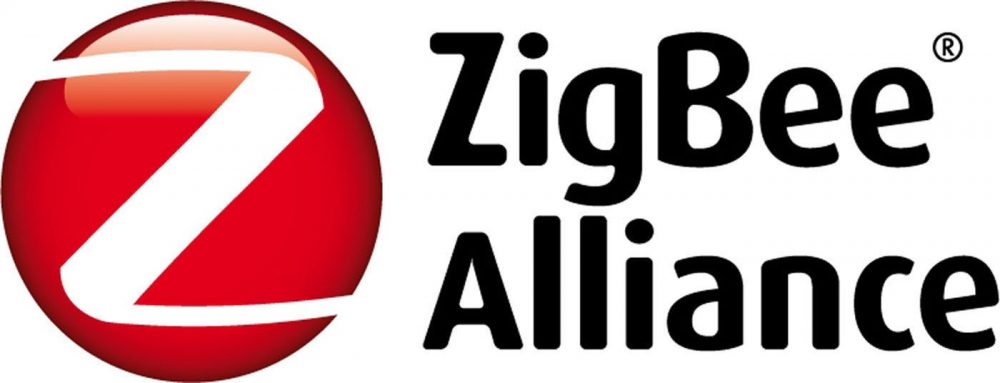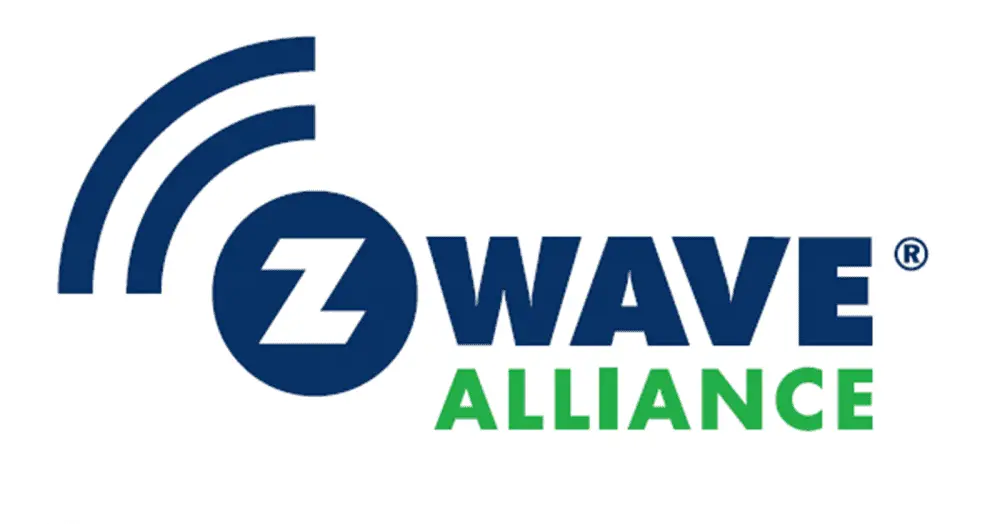Trying to plan a purchase for your smart home and don’t want to end up with hardware you can’t use? Want to design your home automation mesh network to have the best performance possible?
If so, you’re in the right place!
I’m going to review the two most popular home automation protocols in use today and talk about if and how they can work together in harmony in your home. Plus, I’ll discuss tips and tricks to get reliable and quick communication from your home automation devices.
Need more smart home ideas? Go ahead and check out separate post to know more!
A Quick Comparison
In a nutshell, both protocols have some things in common. They both operate in the sub-GHz Industrial, Scientific, and Medical bands (though ZigBee operates on 2.4 GHz as well) and are governed by a consortium of manufacturers. To give you a quick summary of the two, I’ve listed down their specifications that you can easily uselook up for future reference andso could consider weigh down the advantages needed for your setup.
|
ZigBee |
Z-Wave |
|
|
Wireless Range |
35 feet |
100 feet |
|
Maximum Number of Network Devices |
65,000 |
232 |
|
Maximum Data Rate |
250 kbps |
100 kbps |
|
Operating Frequency |
915 MHz, 2.4 GHz |
868-915 MHz |
|
Network Topology |
Mesh |
Mesh |
|
Hub-dependence |
Yes |
Yes |
|
Interoperability |
Not all |
Yes |
What do Zigbee and Z-Wave have in common?
Today, let’s take a look at two of the most popular low-power protocols competing in the market today - ZigBee and Z-Wave - and see their interoperability. Interestingly, the two have some common similarities such as:
- Both use mesh networks - each device (node) can act as a data source (such as a sensor) and a relay (repeater) so that data from other nodes could multi-hop towards the hub.
Both have widespread adoption and use - applications are in home automation, industrial and commercial HVAC, security, energy management, and etc.
What are the differences between Zigbee and Z-Wave?
Without writing a novel, the main differences between Zigbee and Z-Wave are:
1. Control
- Zigbee is an open standard based on IEEE 802.15.4 with many manufacturers making compliant chips, more competition, and theoretically lower cost because of it.
- Z-Wave was originally developed as a proprietary standard, now owned by Sigma Designs, though the Z-Wave Alliance is a multi-company consortium to promote the protocol.
2. Frequency bands used - Zigbee devices use the popular (AKA congested) 2.4 GHz band (along with WiFi and Bluetooth) while Z-Wave uses the unlicensed ISM band.
3. Supported number of devices - 232 for Z-Wave versus 1000s for Zigbee, if this is a problem for you, I’d love a tour of your home!
Of course, there are others, but these are the primary difference the average consumer will care about.
The smart home translator - your home automation hub
Today, you'll find smart devices - e.g., the smart bulb and the smart energy meter - to operate on different wireless communication protocols. These are standards on how devices talk to each other and on what frequency range. Of course you don’t want to buy devices that don’t speak the same language, right? Fortunately, the best home automation hubs tie these different devices together so everything could work together in your smart home. To name a few of the most popular and probably something that you already have heard of are the Samsung SmartThings and the Wink Hub. They are designed to work with:
- Wi-Fi
- ZigBee
- Z-Wave
- BLE
- and many other proprietary protocols…
ZigBee
Let’s first talk about ZigBee. ZigBee was developed for use in low-cost, low-power wide-area mesh networks targeted at wide development of long battery life devices in wireless control and monitoring applications. It operates in the 915 MHz ISM and the global standard 2.4 GHz bands. Currently, the protocol is now being maintained by the ZigBee Alliance, which is composed of around 400 members. Their job is to adopt, participate, and promote the ZigBee open standards. Their Cluster Library is deemed to be the most mature and most complete with regard to data formats and commands. With that said, it gives assurance that end-user applications are very reliable in communicating data.

Downsides of Zigbee
But when it comes to its interoperability - that includes backward- and future compatibilities of its legacies, the ZigBee protocol has several issues. Due to it being an open standard, many manufacturers develop their own products that are actually not compatible with other brands that use ZigBee also. Developers, manufacturers, and especially the end-users are all stirred-up to this incompatibility problem. So if you see stickers on devices with a ZigBee logo, better look it up on the internet first if it’s compatible with your existing ZigBee devices before buying it. Chances are, it’s only “ZigBee-ready” and not really “ZigBee-compatible”.
Z-Wave
Z-Wave, on the other hand, is a tightly-governed proprietary protocol developed by Zensys. It operates on the 915 MHz (U.S.) and 868 MHz (Europe) ISM bands and has centered its usage on home automation. Unlike the ZigBee, the Z-Wave is not susceptible to interference with 2.4 GHz Wi-Fi and Bluetooth signals.
Z-Wave’s biggest advantage is that all of its devices are interoperable. Thanks to its strict sole certifying body - the Z-Wave Alliance, they ensure that as long as your smart device has a Z-Wave sticker, it will work with other Z-Wave products too since one entity controls its standard.

References
Hi, I’m Christy, and I’m an electronics engineer by profession. I have taught in a university for 2 years while pursuing my master’s degree in cognitive radio and worked for a company to develop wireless medical devices. Currently, I’m doing research for a doctorate degree in engineering using a wireless sensor network for smart agriculture. I’ve been active in our local IoT community, IoT Cebu, where I participate in conducting talks about Arduino, Raspberry Pi, and DIY home automation using Wi-Fi and ZigBee devices.
